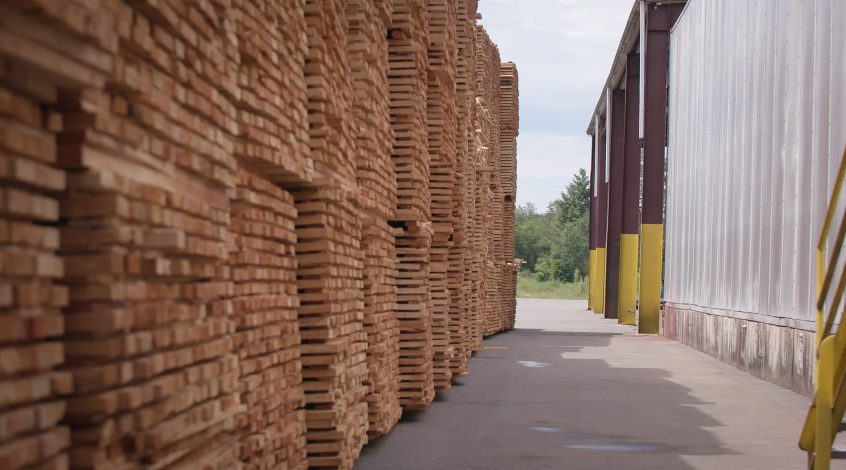Since 1960, Congress has designated the third week of October as National Forest Products Week. For 59 years, National Forest Products Week has helped to draw attention to the importance of our nation’s forest products industry and reflect on how responsibly managed forests contribute to our wellbeing, economy and quality of life.
The focus on forest products has increased in recent years as scientists and policymakers look for ways to mitigate global CO2 emissions. Trees sequester carbon dioxide throughout the life of the tree. Once they’re harvested, that carbon is stored throughout the life of the wood product.
Organizations like the Intergovernmental Panel on Climate Change (IPCC) and U.S. Forest Service also have advocated for responsible forestland management, asserting that scientific research supports that the cycle of “harvest and forest regeneration” can help provide long-term environmental benefits. According to a recent IPCC report, the science-based approach of active management has shown that “sustainable forest management can maintain or enhance forest carbon stocks…including by transferring carbon to wood products.” In essence, well managed, working forests promote sustainable and healthy forests that are better able to sequester carbon and continue to store that carbon throughout the life of the wood product.
Sustainable forest management also helps to make forests more resilient in times of drought, disease and infestations, according to the U.S. Forest Service. According to the U.S. Forest Service:
Active management can promote healthy vegetation, change the way wildfire moves across a landscape, or reintroduce fire as part of the natural ecosystem…By increasing the spacing between trees and bushes and removing dead and fallen vegetation, we can create a better chance for healthy trees and plants to withstand a wildfire.
Sustainably managing forested areas is especially important as the Pacific Northwest region experiences hotter, drier summers, increasing the risk of catastrophic wildfire. The U.S. Forest Service reports that forest fires have increased in severity and frequency, putting at risk communities, natural resources, air quality and firefighter safety. But, controlling vegetation like grasses, shrubs and overcrowded tree stands can help limit the size and spread of forest fires.
In an effort to reduce wildfire risk, National Public Radio (NPR) reported this week that Washington state plans to restore the health of 3 million acres of forest over the next two decades. In addition to promoting a healthy, resilient forest, these efforts also are creating opportunities for the timber industry, environmentalists and the state to work together, the story went on to say:
These kinds of compromises don’t always make the headlines, but they’re starting to happen, even in some of the most conservative parts of the Northwest…But Russ Vaagen, the mill owner in Colville, sees it as a potential model for reviving rural economies. People here have felt left out of the tech boom in cities while watching their jobs get moved overseas.
“Well, I grew up here, and I lived here my whole life, Vaagen said. “And I’ve seen the growing urban-rural divide. We see it politically. But when you get down to it, people want what’s best.”
Vaagen says what’s best is getting past the divisions and reducing the threat of wildfires.
